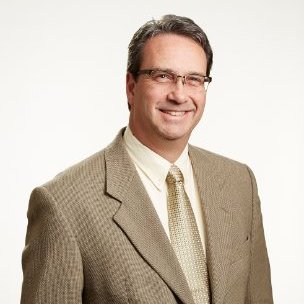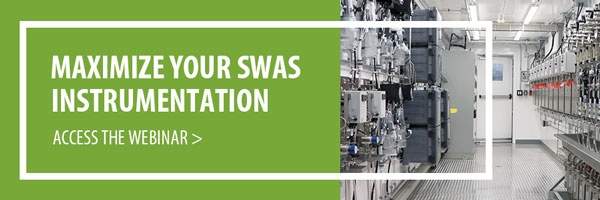
Effectively monitoring cycle chemistry in a power plant relies on the availability, accuracy and trustworthiness of analyzer data. Like most industrial monitoring systems, the quality of the data is governed by the full Steam and Water Analysis System (SWAS) with accurate, timely data for corrective action.
But it can be challenging to identify the parameters to test for according to process needs, obtain reliable data from analyzers, and account for plant variables, such as materials of construction and plant type.
That’s why organizations such as the Electric Power Research Institute (EPRI) and the International Association for the Properties of Water and Steam (IAPWS) offer instrumentation guidelines to ensure the right equipment is in place to monitor cycle chemistry, protect equipment and ensure safe operation. Implementing these best practices can help utility plants obtain accurate data to enhance equipment life, maximize processes and reduce downtime.
SWAS PROGRAM BEST PRACTICES
A steam-water cycle chemistry monitoring system that provides accurate and trustworthy critical insights starts with understanding the minimum essential instrumentation. Every plant should have instrumentation that provides reliable chemistry monitoring of locations and parameters around the cycle.
Conductivity – Monitoring the conductivity of feedwater, boiler/evaporator water, or condensed steam provides an immediate indication of the number of species present in a sample. This metric can indicate contamination from a condenser leak and can quickly determine trends in chemical conditions.
Conductivity after cation exchange (cation conductivity or CACE) – CACE is commonly used to monitor condensate, feedwater and steam to indicate the presence of potentially corrosive ionic contaminants.
pH – The pH of a solution is a crucial parameter in controlling circuit chemistry.
Sodium – Measuring sodium ions in a sample is a sensitive indication of contaminants to condensate in plants with water-cooled condensers. It also indicates the carryover of dosing solutes from boiler drums into steam.
Dissolved oxygen (DO) – DO must be precisely controlled to limit damaging effects of improper cycle chemistry and help prevent flow accelerated corrosion.
Degassed conductivity after cation exchange – This determines the condition of steam from a condensed sample. It can be related to the purity criterion for the operation of a condensing steam turbine.
Phosphate* – A colorimetric technique mixes the sample with an ammonia solution and a redox controlling reagent to generate a blue compound that can be detected spectro-photometrically.
Silica* – A colorimetric technique mixes the sample with ammonium molybdate at a controlled low pH. This generates a blue compound that can be detected spectro-photometrically.
Total Organic Carbon (TOC)* – Organic materials in make-up water can negatively affect plant operation, including heat transfer, and can generate potentially corrosive degradation products.
*Plant and/or chemistry regime-specific.
Typical Online Instrumentation Locations
Condensate (CPD) – This warns of contamination due to condenser leakage, regenerant chemicals from the makeup plant.
Feedwater – Measure conductivity, cation conductivity, pH and dissolved oxygen to ensure that chemical dosing is within proper limits.
Boiler drum – Monitor for conductivity, cation conductivity and pH to identify contaminant levels and ensure that blowdown to remove the contaminants is being done effectively. Also, monitor for pH levels to ensure proper chemical dosing.
Steam – Monitor sodium and cation conductivity to identify contaminants that might carry over from the boiler to the turbine.
Make-up water – Instrumentation selection is based on the source of the water and purification methods selected and include cation conductivity, silica and possibly total organic carbon if the source water is subject to that type of contamination, such as in hydrocarbon processing plants.
Specific, acceptable values for these measurements will depend on the plant type, cycle chemistry regime, plant construction, material types, and more. Additional measures can enhance the system depending on specific chemistries.
Learn more about SWAS instrumentation in Sentry’s Webinar: Maximize Your SWAS Instrumentation.




